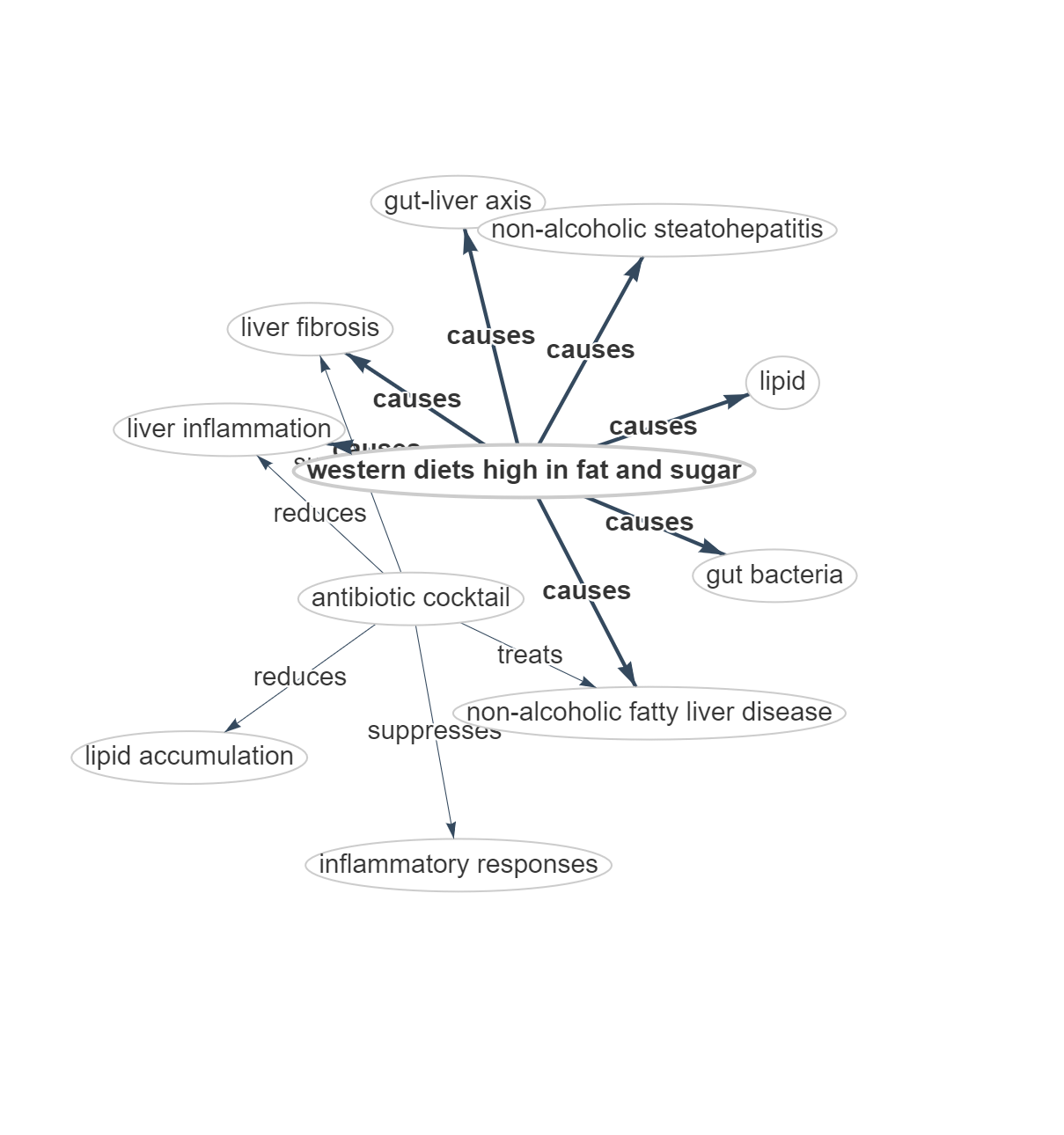Thanks Adam, I just pasted into GraphGPT the first 6 paragraphs from
https://www.sciencedaily.com/releases/2023/03/230315132445.htm and got this
nice diagram:
[image: CD2.png]
Could be interesting to feed this sort of diagram into PyWhy to improve it
(validate/invalidate the causal relations, disentangle
confounders/colliders, etc).
Le ven. 17 mars 2023 à 07:21, Adam Sobieski <adamsobieski@hotmail.com> a
écrit :
> Semantic Web Interest Group,
> Artificial Intelligence Knowledge Representation Community Group,
>
>
> Recently, mailing list participants were discussing large language models
> and ontologies, e.g., formulating SPARQL queries from natural-language
> prompts.
>
> I would like to share a hyperlink to a new project, * GraphGPT*, which
> processes natural language into knowledge graphs:
> https://github.com/varunshenoy/GraphGPT .
>
> The project has a demo available online: https://graphgpt.vercel.app/ .
> To interact with the demo, you will need an OpenAI API key:
> https://platform.openai.com/account/api-keys .
>
> GraphGPT, developed over a weekend, about a month ago, utilizes GPT-3. It
> may be possible to deliver more features with a newer large language model,
> e.g., GPT-4.
>
>
> Best regards,
> Adam Sobieski
>
>
